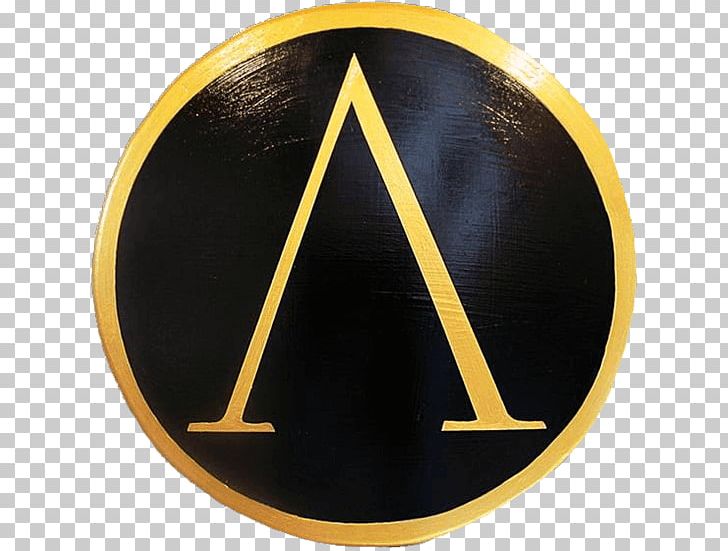
This thesis studies the evidence related to warfare and warriors in the Early Iron Age of Greece, from the eleventh to the early seventh century B.C.E. The article explores how developments in fighting techniques transformed the sociality of violence and peer-relations among warriors and proposes that these warriors be regarded as a category of craft specialist exerting significant social influence by the Late Bronze Age.

Metalwork analysis of bronze weapons and experimental archaeology using replicas of these are used to support this position. This in turn stimulated change in the social organisation of warfare, including investment in material and training resources for warriors and the development of new bodily techniques reflecting fundamental changes in martial art traditions. This formed the basis for a fundamental reorganisation in combat systems. It is argued that during this period there was a move from warfare that made use of projectiles and impact weapons to warfare that used both defensive and cutting weapons.


Using the case study of Ireland, developments in Bronze Age warfare are traced from the Early to the Late Bronze Age. In the Bronze Age many of the weapon forms that were to dominate battlefields for millennia to come were first invented - shields and swords in particular. Warfare is increasingly considered to have been a major field of social activity in prehistoric societies, in terms of the infrastructures supporting its conduct, the effects of its occurrence, and its role in symbolic systems.


 0 kommentar(er)
0 kommentar(er)
